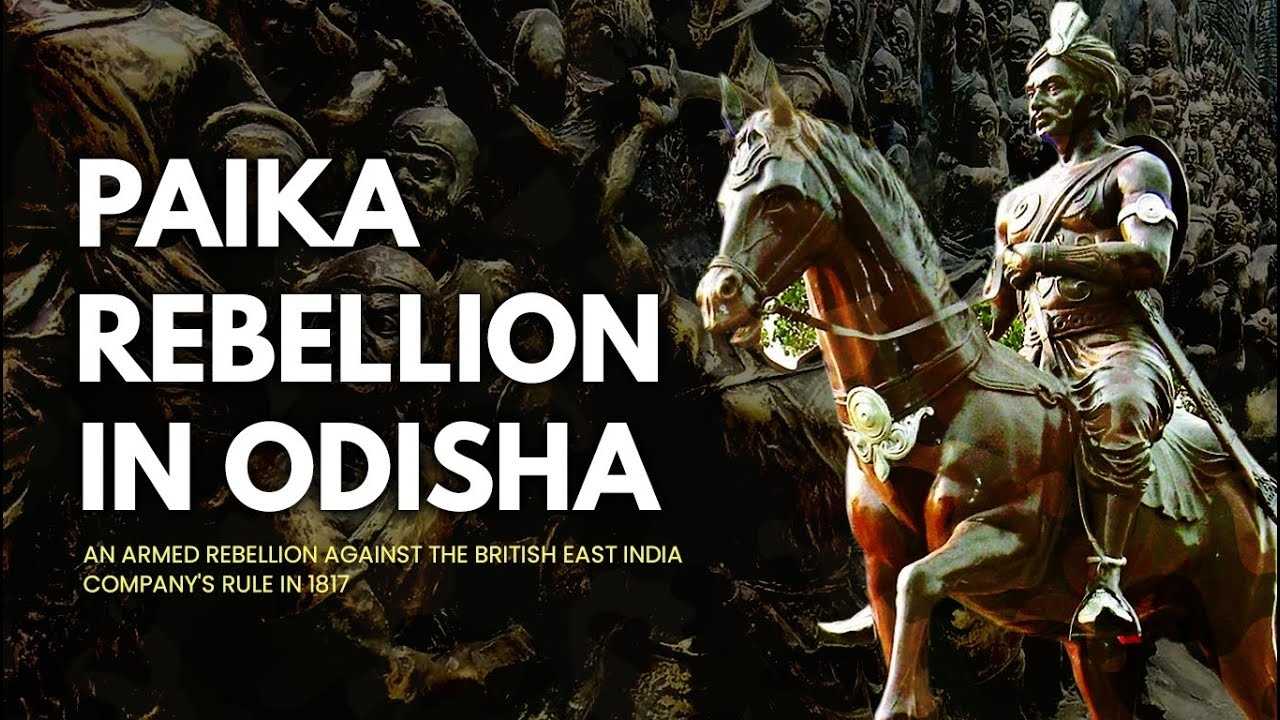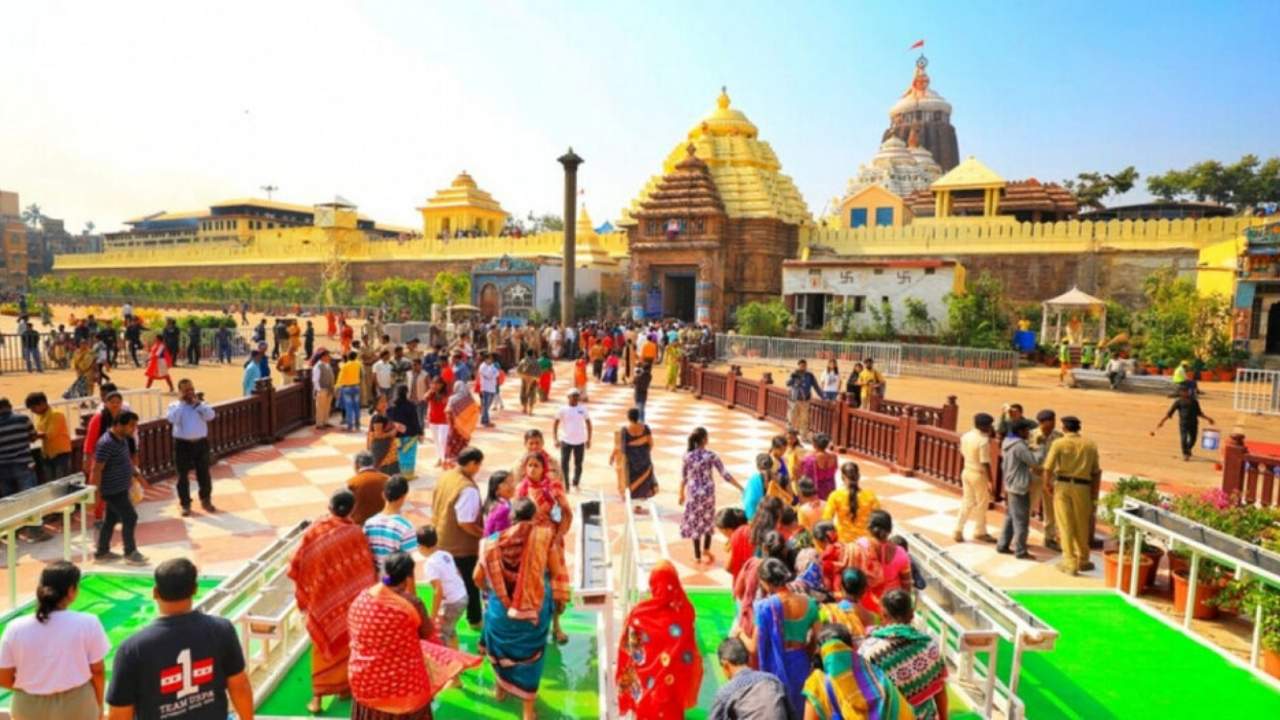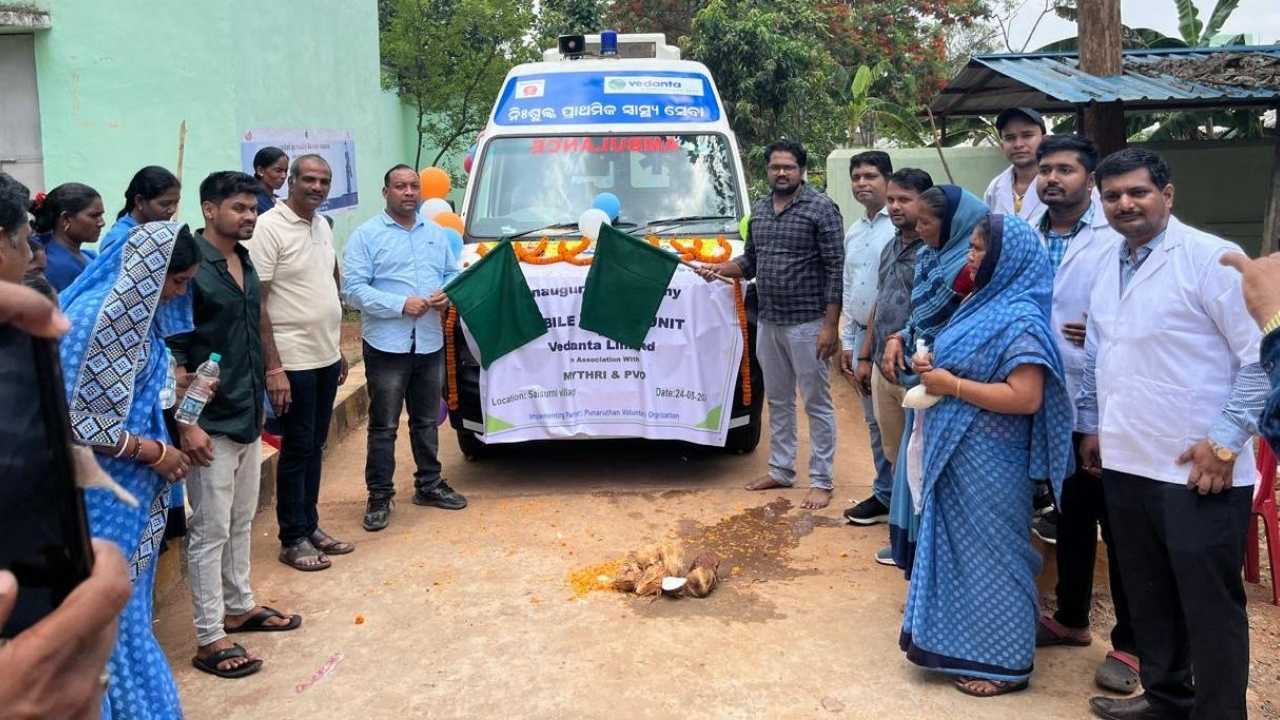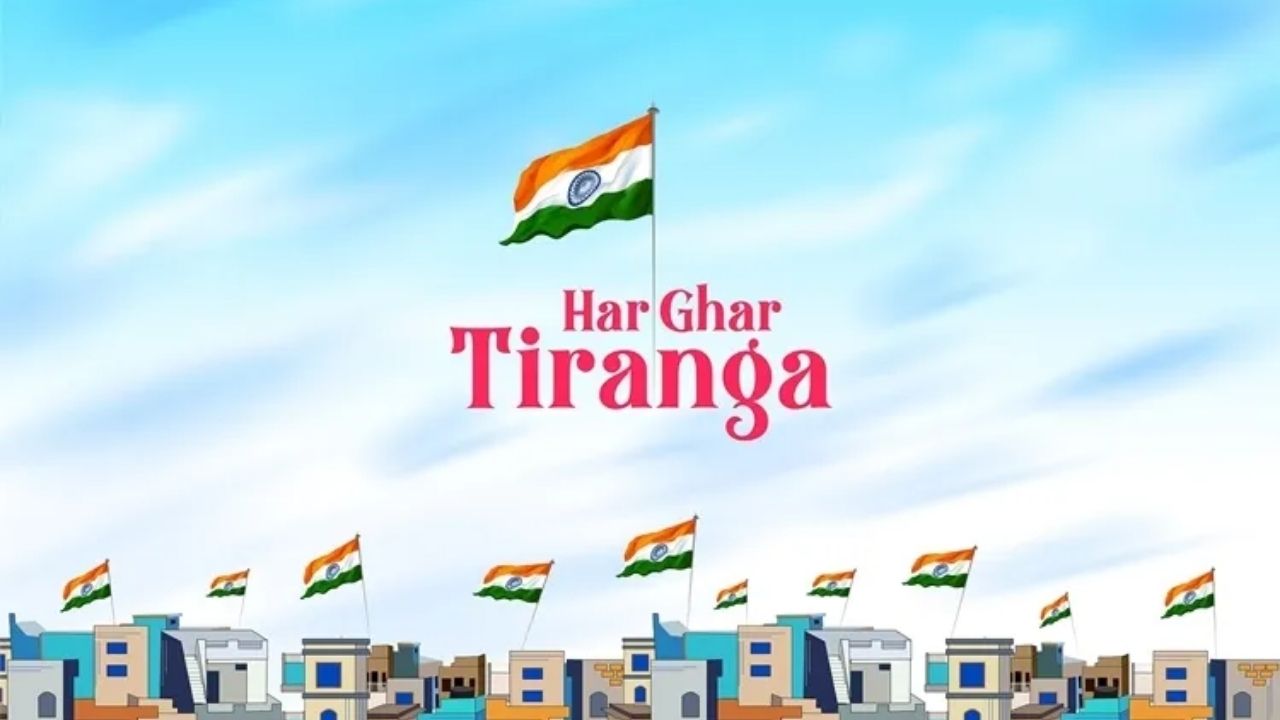In recent months, a wave of concern has swept across India regarding the exclusion of the Paika Rebellion from the NCERT Class 8 Social Science curriculum. This rebellion, which took place in 1817 in Odisha, was one of the earliest armed uprisings against British rule, yet it was missing from the newly released Class 8 textbook, “Exploring Society: India and Beyond.” In response to this exclusion, NCERT (National Council of Educational Research and Training) has addressed the issue, offering a detailed explanation and clarification regarding the omission. The rebellion is set to feature in the second volume of the textbook, which is expected to be released in September or October 2025.

Let’s take a closer look at this situation, break down the Paika Rebellion’s historical importance, the reasons behind its omission, and what the NCERT’s clarification means for students, educators, and historians alike.
NCERT Addresses Public Concerns Over Paika Rebellion’s
| Key Information | Details |
|---|---|
| Event | Paika Rebellion of 1817, Odisha |
| Historical Significance | One of the earliest armed uprisings against British colonial rule |
| Omission | Excluded from NCERT Class 8, Volume 1 |
| Clarification | NCERT confirms inclusion in Volume 2 (Sept/Oct 2025) |
| Other Movements | Khurda Uprising, Kuka Movement (covered in Volume 2) |
| Source of Information | NCERT, Odisha Government, Wikipedia |
The exclusion of the Paika Rebellion from the NCERT Class 8 Social Science textbook initially raised concerns, particularly in Odisha, where the rebellion is a significant part of local history. However, the NCERT’s clarification reassures the public that the rebellion will be featured in the upcoming second volume of the textbook, allowing future generations of students to learn about this crucial chapter in India’s struggle for independence.
For educators, students, and history enthusiasts, this is an opportunity to explore the regional resistance movements that were essential in the fight against British colonial rule. The inclusion of these movements in the curriculum is a step towards a more inclusive and comprehensive portrayal of India’s diverse historical struggles.
By understanding both national and regional histories, we gain a deeper insight into the resilience and unity that eventually led to India’s independence.
Understanding the Paika Rebellion
What Was the Paika Rebellion?
The Paika Rebellion was a significant, albeit often overlooked, chapter in India’s fight against British colonial rule. Led by Bakshi Jagabandhu, the rebellion was sparked by the East India Company’s oppressive policies, including the annexation of Khurda (a region in Odisha) and the imposition of heavy taxes on local farmers. The rebellion was essentially a response to the British exploitation of local resources and suppression of traditional rights.
While the rebellion did not achieve immediate success, it was important for its early resistance against British imperialism. It marked a critical moment in India’s struggle for independence and is often regarded as a precursor to larger uprisings like the 1857 Sepoy Mutiny.
Why Is the Paika Rebellion Important?
The Paika Rebellion stands out because it involved armed resistance by the Paikas, or warrior communities, who fought against the British to protect their land and culture. The rebellion also had widespread support from various sections of society, including local farmers, priests, and landowners. This movement took place years before the larger, more well-known First War of Indian Independence in 1857, making it one of the earliest challenges to British authority in India.
In the historical context of Odisha, the rebellion is more than just a local event; it is considered central to the state’s identity. The Paika Rebellion resonates as a symbol of resilience and unity against colonial oppression.
Why Was the Paika Rebellion Omitted from the Class 8 Textbook?
When the new NCERT Class 8 Social Science textbook was released, there was an immediate uproar in Odisha and beyond, as the Paika Rebellion was not included. This led to concerns about the representation of regional histories in India’s national curriculum. Given its importance, many questioned why the rebellion was omitted from the first volume of the history textbook.
NCERT, which is responsible for producing textbooks that are followed by schools across India, responded quickly to these concerns. According to official statements, the omission was not intentional or meant to downplay the importance of the rebellion. Instead, it was due to the structural limitations of the curriculum, where certain topics were prioritized in Volume 1, with other significant events scheduled for future editions.
NCERT’s Clarification: What’s Happening Next?
In an effort to resolve confusion, NCERT clarified that the Paika Rebellion was never excluded from the syllabus but rather was deferred to the second volume of the Class 8 curriculum. This second volume, expected to be released in late 2025, will include regional resistance movements like the Paika Rebellion, the Khurda Uprising, and the Kuka Movement in Punjab.
This clarification aims to ensure that students across India will learn about these significant events in Indian resistance history, albeit at a later stage in their education. It reassures educators, historians, and citizens that the NCERT is committed to providing a comprehensive view of India’s history, highlighting both national and regional struggles.
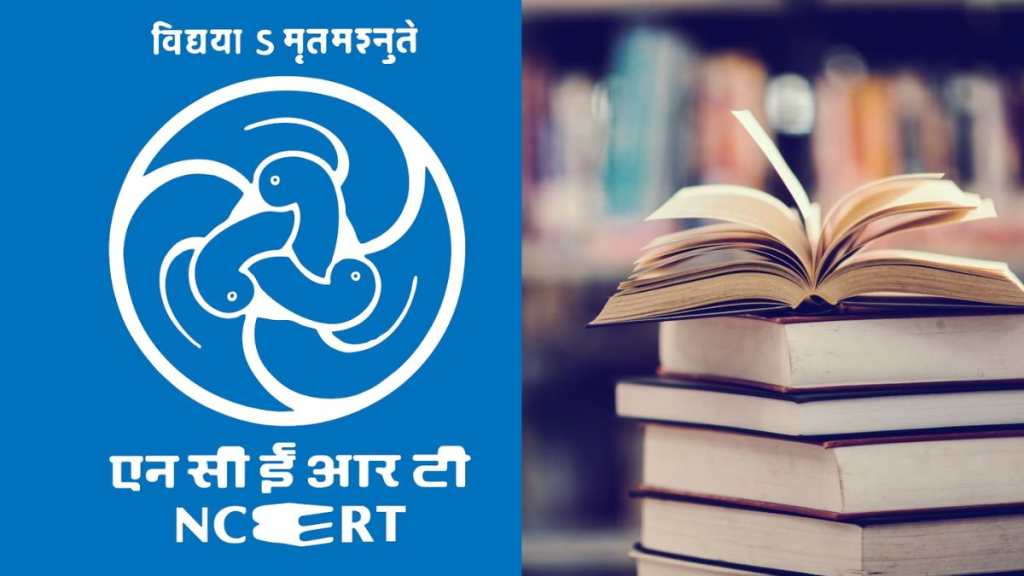
What Does This Mean for Teachers and Students?
For teachers and students, this situation might feel a bit like a bump in the road. However, there are several important takeaways for both groups:
For Teachers:
- Future Curriculum Integration: Teachers should be prepared to discuss the Paika Rebellion once it appears in the second volume of the textbook. This is a great opportunity to explore regional history with students, connecting them to important events in Odisha and other parts of India.
- Historical Context: Even though the rebellion is not yet part of the curriculum, educators can introduce students to the Paika Rebellion as an extra-curricular lesson, using resources from local history books or online educational platforms.
- Balanced Approach: This situation encourages a balanced approach to teaching history, recognizing the importance of both national and regional perspectives in India’s struggle for independence.
For Students:
- The Future Curriculum: Students who are currently in Class 8 will encounter the Paika Rebellion in their later years of study. Those with a particular interest in history can seek out books, websites, and historical societies for more information on the rebellion while awaiting its inclusion in the textbook.
- Learning from Local History: As students learn about the rebellion in the future, they will gain insights into local resistance movements and their relevance in shaping modern-day India. This also opens up avenues for students to participate in discussions about their own regional histories and their impact on national events.
The Bigger Picture: Regional Movements in Indian History
The omission of the Paika Rebellion from the Class 8 textbook highlights a broader issue in the representation of regional histories. Across India, different regions have witnessed their own unique forms of resistance against British colonial rule. These movements might not always be included in the mainstream national curriculum but are crucial for understanding India’s diverse struggle for independence.
Some other regional resistance movements, like the Kuka Movement in Punjab and the Khurda Uprising in Odisha, will also be included in the second volume. Each of these movements offers valuable lessons in local resistance, leadership, and the fight for freedom.
Why Regional Histories Matter
India is a country of rich diversity, with different cultures, languages, and histories. Understanding the regional struggles against British rule is essential because it:
- Highlights local heroes and leaders who played significant roles in the independence movement.
- Provides nuanced perspectives on how the British oppression affected different parts of the country.
- Fosters unity by acknowledging the shared struggle for freedom across diverse regions.
Odisha Reintroduces Pass-Fail System for Classes 5 & 8; Students Must Clear Annual Exams to Progress
OTET-2025 Candidates Express Outrage After Exam Cancellation Due to Paper Leak
Odisha Orders Higher Ed Institutes to Prominently Display Women’s Helpline (181) on Campus
FAQs
1. What was the Paika Rebellion?
The Paika Rebellion was an armed uprising against the British in 1817, led by Bakshi Jagabandhu in Odisha. It was one of the earliest forms of resistance against British colonial policies, including heavy taxation and suppression of local traditions.
2. Why was the Paika Rebellion excluded from the NCERT Class 8 textbook?
The exclusion was due to the limitations in the first volume of the curriculum. The rebellion will be featured in the second volume, set to release in September or October 2025.
3. When will students learn about the Paika Rebellion?
Students will encounter the Paika Rebellion in the second volume of the Class 8 Social Science textbook, expected in late 2025.
4. How important is the Paika Rebellion in Indian history?
The Paika Rebellion is a critical event in India’s history. It was one of the first armed uprisings against British rule and played an essential role in the broader Indian freedom struggle.
5. How can teachers help students learn about the Paika Rebellion?
Teachers can introduce extra-curricular lessons, encourage students to explore local history resources, and engage in discussions about the rebellion’s significance until it appears in the official curriculum.

